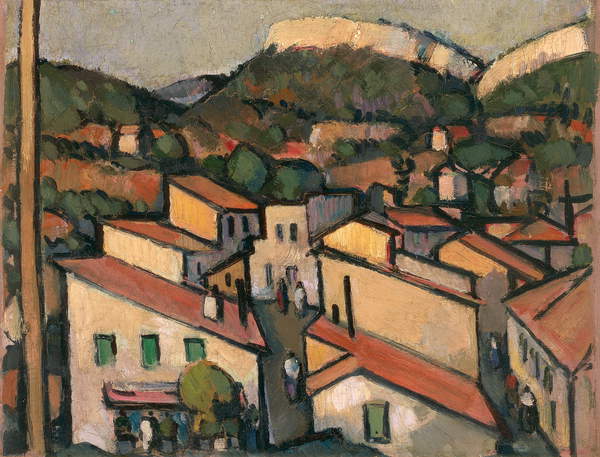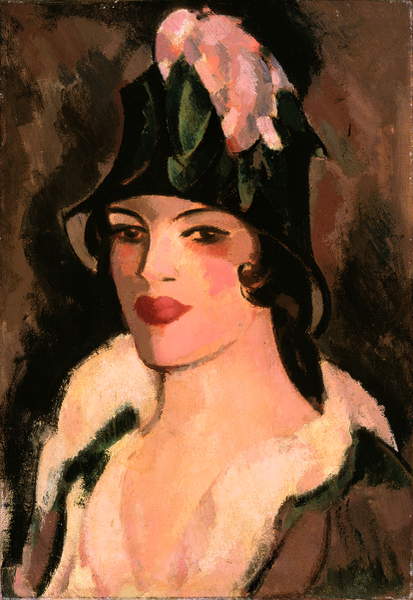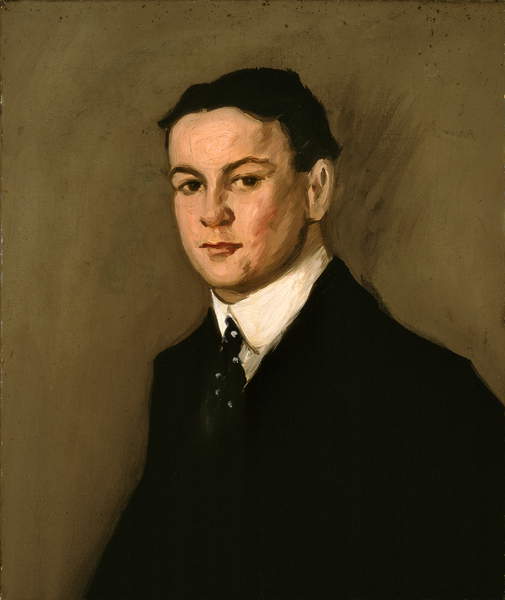Published 26/06/2020

Culture Perth and Kinross is a charitable trust bringing art, culture, books, learning, creative communities and local history and heritage to people at 17 venues across the whole of Perth and Kinross. This collection has only recently been added to the archive, and we're pleased to spotlight a selection of artwork from the collection today, specifically from across the career of John Duncan Fergusson who is well represented in this collection.

John Duncan Fergusson was the most internationally recognised artist of the Scottish Colourists. Spending most of his life split between Paris and London, he was highly influenced by the French modern movements of the early twentieth century. Fergusson was born in Leith, but took up his training in Paris at the Academie Julian and Academie Colarossi towards the end of the nineteenth century.

An interest in travel introduced him to new artists and styles which affected his work; in particular he became attracted to the work of Diego Velasquez whose work he discovered in Spain. In 1902 Fergusson made his way back to Edinburgh, where he held his first studio. During this time he was regularly seen painting en plein air in Princes Street Gardens.

Sometime in 1900 Fergusson became friends with S J Peploe, and the two regularly spent summers painting in Paris together. They both shared similar influences, such as Dutch portraiture and the works of Eduard Manet. Primarily focused on still life and portraiture being surrounded by the bustling scenes of Paris, he began to focus on women’s millinery, social café scenes and portraits of lovers and friends. In 1907 he relocated to Paris permanently, where he quickly became influenced by the fauvist movement, which altered the style of his works greatly.

Fergusson’s work is only the tip of the iceberg. Culture Perth and Kinross care for three museums and galleries across Perth and Kinross: Perth Museum and Art Gallery, the Fergusson Art Gallery and Alyth Museum. With over half a million objects in the nationally significant collection reflecting different aspects of Perth and Kinross’ culture, identity and history, the trust offers an exciting programme of exhibitions and displays.

While the trust remains closed at its 17 venues due to the pandemic, they continue to offer a variety of services and resources online which can be found here.
Discover the Culture Perth and Kinross collection on Bridgeman Images.


